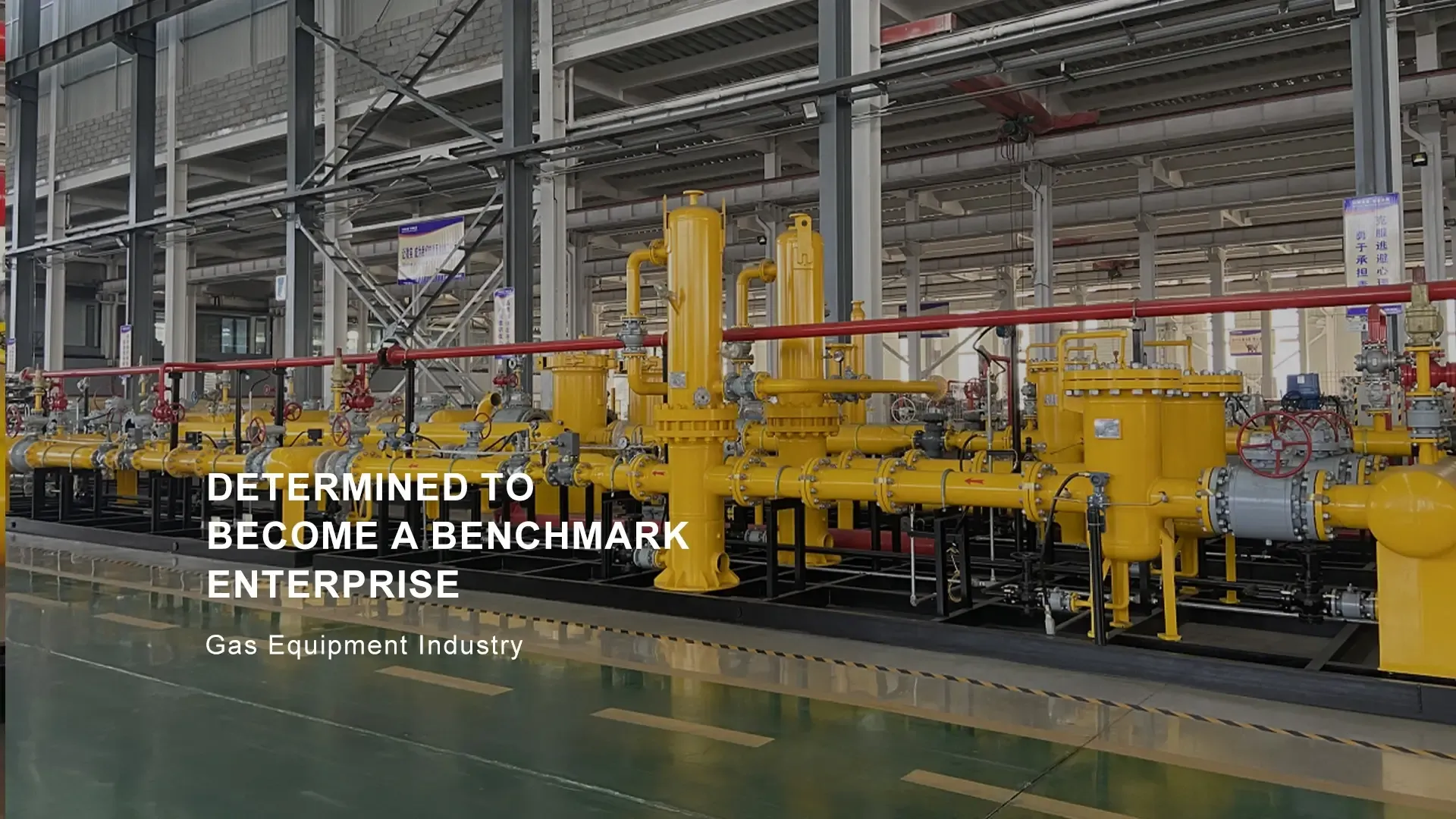
10 月 . 06, 2024 14:02
Back to list
gasification equipment
Gasification Equipment A Revolution in Waste Management and Energy Production
Gasification is an innovative process that converts organic or fossil-based materials into carbon monoxide, hydrogen, and carbon dioxide. This process occurs in a high-temperature environment with a controlled amount of oxygen, making it an efficient method for producing syngas (synthetic gas), which can be further utilized to generate electricity or produce fuels. Central to this process is gasification equipment, which plays a critical role in transforming raw materials into valuable energy resources.
The primary components of gasification equipment include a gasifier, which is the heart of the system, along with reactors, feedstock handling systems, and gas cleaning units. The gasifier operates by heating the feedstock in a low-oxygen environment, causing it to break down into its gaseous components. Depending on the design, gasifiers can vary significantly in scale and technology. Fixed-bed, fluidized-bed, and entrained-flow gasifiers are some of the common types, each suited for different kinds of feedstock and desired outputs.
One of the main advantages of gasification equipment is its ability to handle a wide variety of feedstocks. This includes agricultural residues, municipal solid waste, and even certain types of plastics. By converting waste into syngas, gasification presents an effective solution to the growing concerns over landfill waste and environmental pollution. Moreover, syngas can be further processed into biofuels, making gasification a cornerstone of the transition to renewable energy.
gasification equipment

The efficiency of gasification systems is enhanced through downstream cleaning processes. After the gasification stage, the resulting syngas undergoes purification to remove particulates, tar, and other contaminants. This step is crucial to ensure the quality of the gas and to make it suitable for subsequent applications, such as electricity generation, chemical synthesis, or transportation fuels. Technologies utilized in this stage include scrubbing, filtration, and catalytic reforming.
In recent years, advancements in gasification technology have also focused on improving the overall efficiency and reducing emissions. Hybrid systems that combine gasification with other processes, such as anaerobic digestion, are being explored to maximize energy recovery from waste. Additionally, innovations in control systems help optimize operational parameters, boosting yield and minimizing environmental impact.
In conclusion, gasification equipment represents a transformative approach to waste management and energy production. By turning various forms of waste into usable energy, this technology not only addresses pressing environmental challenges but also contributes to a more sustainable energy future. As research and development continue to advance, the role of gasification in the global energy landscape is poised to grow significantly.
Next:
Latest news
-
Unlocking The Quality Gas Pressure ReducersNewsNov.01,2024
-
The Role of Gas Pressure Reducing StationsNewsNov.01,2024
-
The Importance and Functionality of Safety Relief ValvesNewsNov.01,2024
-
The Essential Role of Safety Valves in Natural Gas ApplicationsNewsNov.01,2024
-
The Essential Role of Gas Pressure RegulatorsNewsNov.01,2024
-
Enhance Your Premium Gas FiltersNewsNov.01,2024

